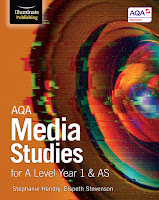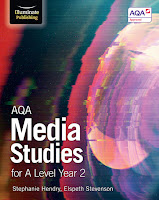It's also one of AQA's key theories for the new specification which means there may well be an exam question asking you to apply the theory to a particular media text. Make sure you have confidently learned these notes then complete the blog tasks below.
Reception theory: notes
Studying media language means looking at the way in which the sign or text is interpreted and how the meaning comes across to the audience.
All media is thought to be polysemic in that it can be interpreted in different ways – it is not simply passively accepted by the audience. Stuart Hall introduced the idea of three different readings.
1) What are the preferred, negotiated and oppositional readings for the RBK 50 Cent advert?
Remember to highlight or bold any media terminology you are using.






